How we test mattresses: our review process explained
Here’s how TechRadar chooses and reviews mattresses
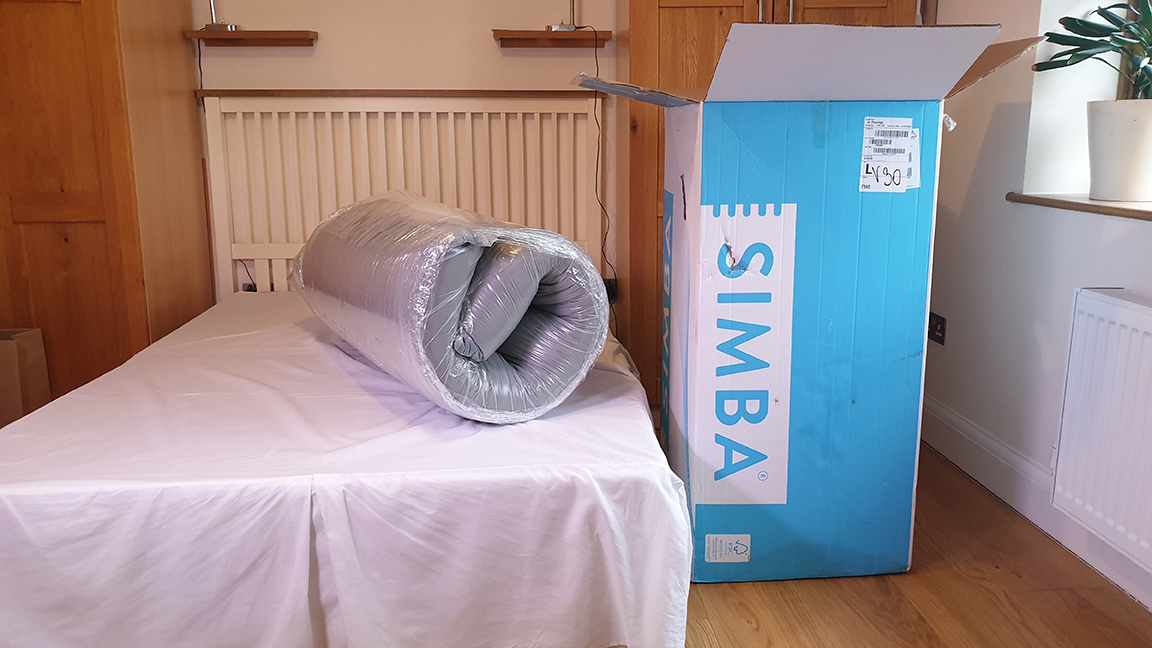
Mattress testing sounds fun, but it’s a lot more work than simply ‘sleeping on the job.’ Buying a new mattress is a big purchase and one that can truly affect the quality of your sleep, so we want to help you get this right first time. A good mattress should last six to eight years (latex mattresses last longer), so pick the right one and you can forget about mattress shopping again for the best part of a decade.
Our mission
To help you find the best mattress or best hybrid mattress for your body, sleep style and budget. These three major factors affect your choice of mattress, so our review process investigates every element of a mattress’ design and build in terms of comfort, support, durability and value for money.
Why you can trust our mattress reviews
The TechRadar mattress testing process is editorially independent. While we aim to source mattresses directly from manufacturers, we do so under the strict mandate that the manufacturers have zero control over our review process and no input into our testing scores.
As TechRadar is supported by its audience, we may earn a small affiliate commission from any mattress you purchase through our buying guides and reviews. We explain this in more detail here, but this does not affect a) our choice of which mattresses to feature, and b) how we test and rate them.
Why mattresses are important to sleep
At TechRadar we’ve written extensively about good sleep, why it matters and how to get more of it. To support this, we regularly interview experts about the latest sleep science, techniques and products, and pass that information onto you so that you can use it to understand your current sleep health and how to improve it.
There are numerous benefits to sleep, with the American Academy of Sleep Medicine recommending adults to get at least seven hours a night. However, research from the CDC tells us that one in three adults aren’t even close to getting that amount. There are many reasons why you might not be sleeping properly and why you keep waking at night, but your mattress could be one of them.
Get daily insight, inspiration and deals in your inbox
Sign up for breaking news, reviews, opinion, top tech deals, and more.
As neuroscientist and chartered psychologist Dr Lindsay Browning tells TechRadar: “Mattresses generally have a life span of seven to eight years. After that, they’re probably not as supportive as they need to be and less comfortable, so your sleep won’t be as good.”
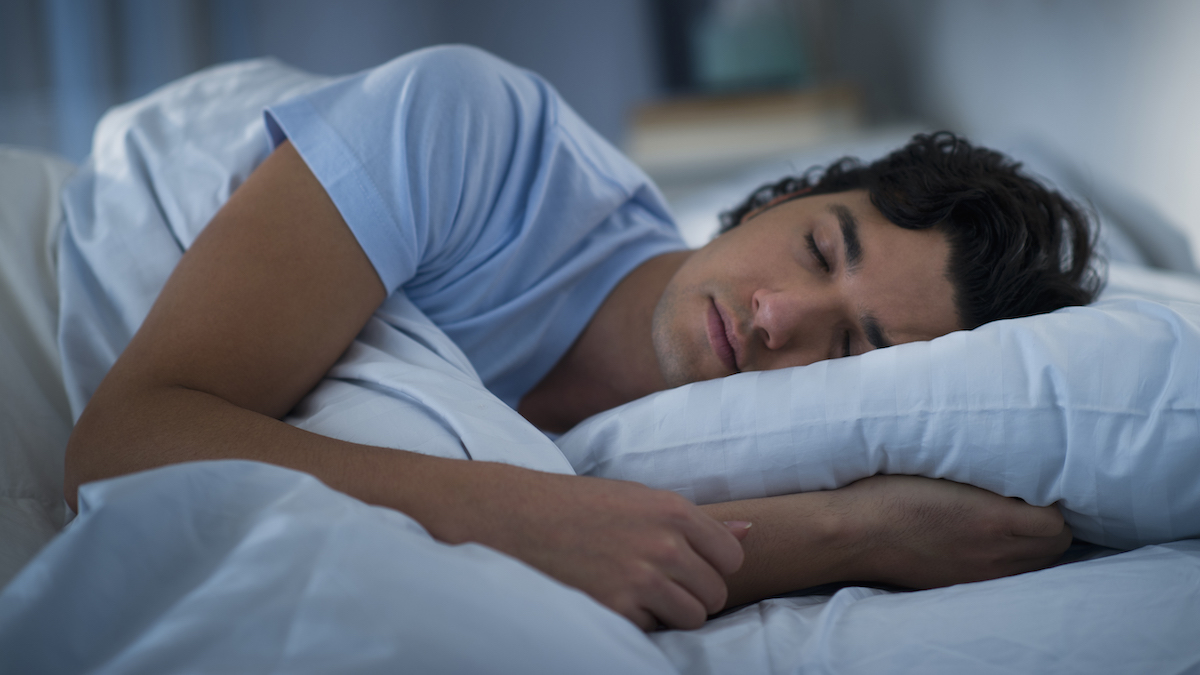
A mattress that’s too firm, too soft or sagging can cause neck and back pain by either putting too much pressure on your main impact points (back, shoulders, hips, knees) or by not supporting them enough. This will lead to uncomfortable, broken sleep, which may develop into symptoms of sleep deprivation.
Older mattresses that haven’t been cared for properly can also become a harbour for dust mites, dead skin, sweat, body oils and bed bugs. Yordan Yordanov, an expert mattress cleaner from Fantastic Services, tells us: “While most people tend to agree that buying a quality mattress is essential for a good night's sleep, keeping it clean is just as important in order to prevent allergies and health-related issues from arising.”
Why we test mattresses
From our years producing expert reviews across multiple product areas, we know how vital it is to fact-check a manufacturer’s claims. We do this by thoroughly testing every mattress we review.
Regardless of whether you are buying an affordable mattress or a luxury model, this is a big purchase; big in terms of how it affects your sleep, which in turn affects your wellbeing and mood. So this is more than just a few slabs of foam and coils nestled together.
By thoroughly researching and testing mattresses, we can be sure that what we are recommending really is the best.
How we test mattresses
The best way to test a mattress is to sleep on it, so we sleep on each one we review for a minimum of three weeks. Why this timeframe? Some brands say that it takes around 14 days for your body to get used to a new mattress, while others argue that it’s closer to 30 days. We split the difference and sleep on each mattress night after night for three weeks, as we feel this gives us a good overview of how it feels and performs. Occasionally we run long-term tests of up to four months to get a more robust view of performance and durability.
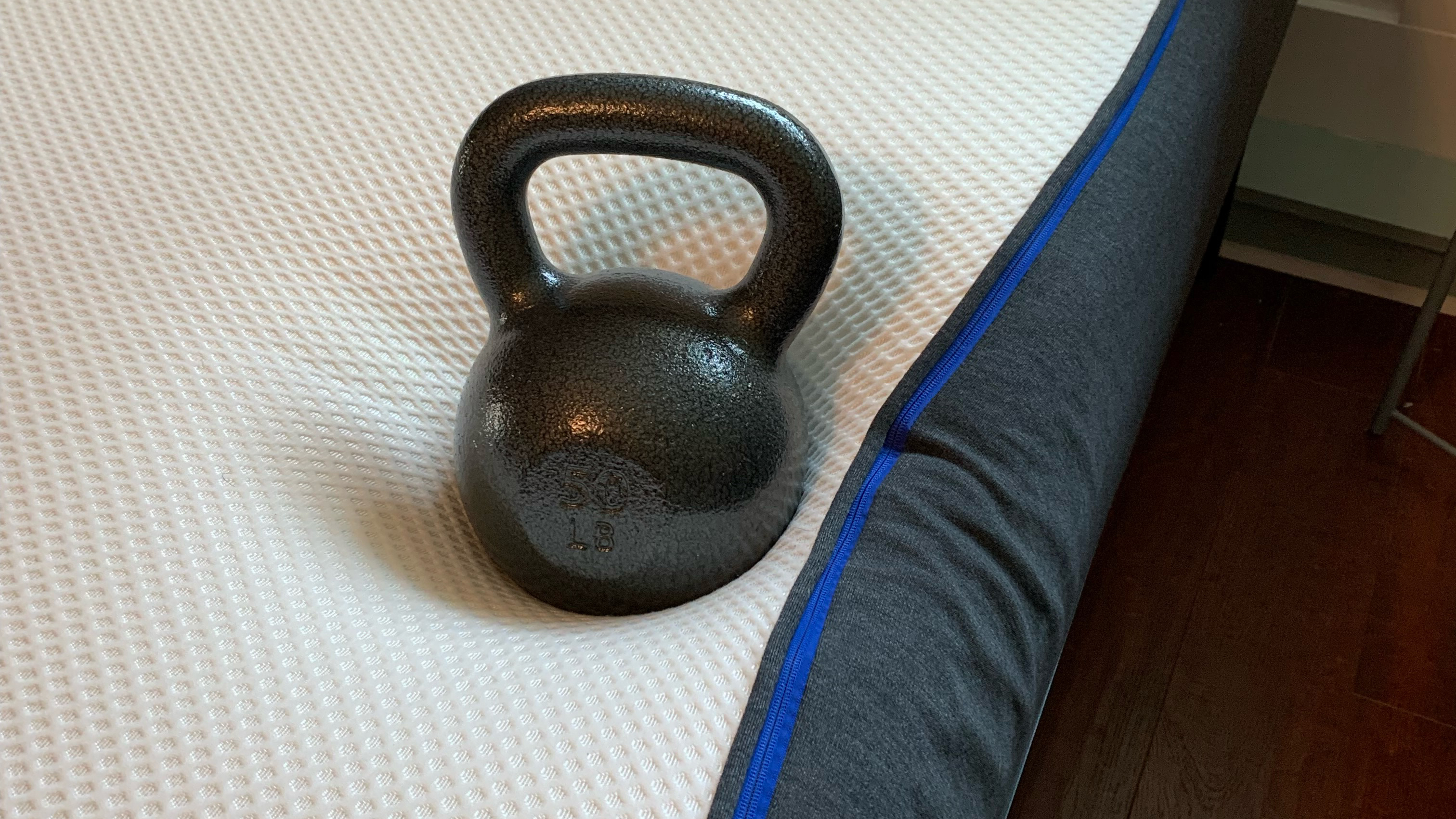
We place one lead reviewer on each mattress, and ask them to sleep on it each night in different positions and on different sides of the bed, whether they sleep solo or with another. Our expert testers gather data throughout this period and make extensive notes about comfort, support, firmness, smell (off-gassing) and temperature regulation.
Each lead reviewer also creates a mini testing panel with sleepers of different body weights, heights and sleep needs. Why? Because we want to create a thorough opinion of the mattress and how it feels to different sleepers. This is vital because mattress firmness is subjective.
Our reviewers also analyze all available user reviews to pinpoint any recurring issues or praise for the mattress. These reviews are particularly helpful for gaining insight into any performance issues that crop up six months or a year down the line. Not all manufacturers display their user reviews in a helpful way though, so this part of the process can be time-consuming.
The key factors we test when reviewing a mattress are as follows:
- Firmness
- Comfort
- Support
- Set-up
- Off-gassing
- Pressure relief
- Motion transfer
- Temperature regulation
- Edge support
- Durability (based on the build, materials and user reviews)
We also look at the materials (the quality, appearance, feel), and we analyse the mattress in terms of price, value for money, and how both of those compare to the price and value-factor of comparable mattresses. If we feel there is a similar mattress that does the same job for less, we’ll tell you about it.
The data we collect
We collect mattress testing data from our own in-house tests, user reviews, and from data shared by the manufacturers, which we fact check. When pooled together, this enables us to create comprehensive reviews and to recommend only the mattresses that can help you sleep better.
We collect metrics in the following areas:
- Firmness rating
- Pressure relief
- Motion transfer
- Edge support
We use simple yet effective tests to gather data in the above areas, and this is our process…
Mattress firmness
The common way to rate mattress firmness is on a scale of 1-10, with 1 being ‘as soft as a marshmallow’ and 10 being ‘like sleeping on a plank of wood’. But as we have discovered through analysing mattresses and sleeping on them, one manufacturer’s firm is another manufacturer’s medium. This is troublesome for you because how do you know you’re really getting a medium firm mattress?
We rate firmness according to how it feels to our lead reviewer and the testing panel. Sometimes this rating matches the manufacturer’s, sometimes it doesn’t. The great thing is that with any mattress you buy online, you’ll get a trial period to test whether the firmness suits your body and sleeping position/s.
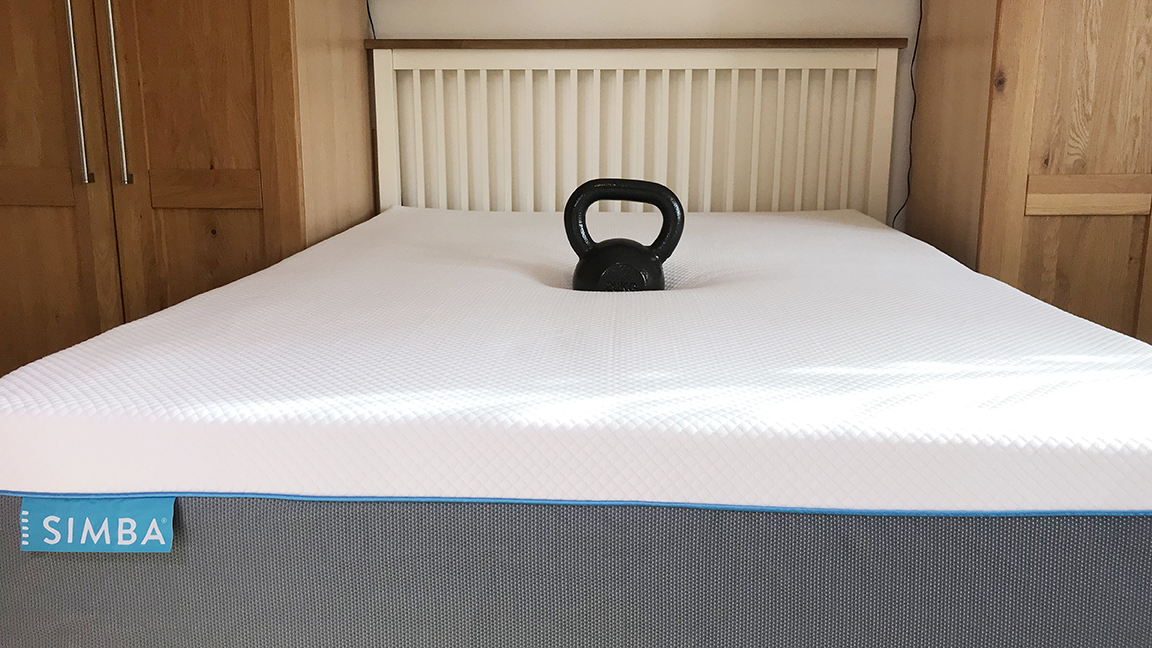
How we test firmness
Our main approach is to relax and sleep on the mattress, and while our lead reviewer does the bulk of this, we also invite a testing panel to do the same. As these sleepers have different body weights and types, we’re able to gain a good overview of how different people experience the firmness.
In addition to sleeping on the mattress we also perform a weight test. For this, we place a 25kg weight in the middle and measure (in inches) how far it sinks in. We can then compare this measurement with data from other mattress reviews.
Pressure relief
When a mattress delivers good full-body support it will redistribute your weight (and your partner’s, if you share a bed) to reduce pressure on key impact points such as your back, hips and shoulders. Basically, anywhere your body pushes down into the mattress. The other big factor is spinal support – a too-firm bed will add pressure to your shoulders and hips, while one that’s too soft will lead to back pain as you’ll sink into the mattress too much in your mid section.
How we test pressure relief
Our mattress reviewers lie down in different positions for varying amounts of time. They start off on their back, before switching to each side, and then finally lying on their stomach. They then score the pressure relief out of 5. They’ll repeat this process with a member of the testing panel so that they can look to see if there’s any unnatural curvature of the spine taking place.
Where available, we also analyze pressure relief testing data shared by the manufacturer to see how this tallies with our real-life experience.
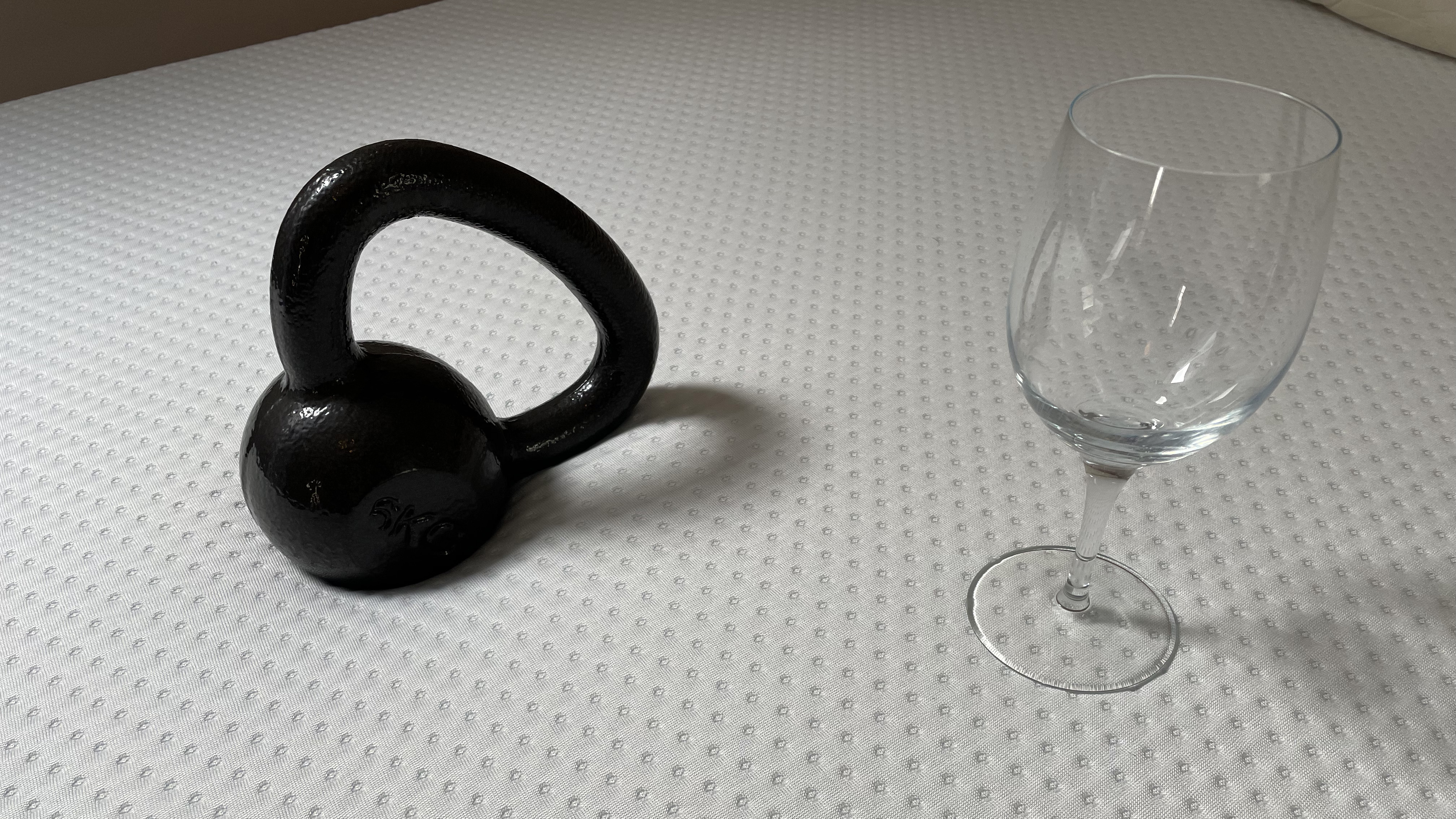
Motion isolation
This relates to how well a mattress prevents motion from being transferred from one side of the mattress to the other. While you may not think so at first, this is an important feature for couples who share a bed as good motion isolation means you won’t be disturbed as much by each other’s in-bed movements.
How we test motion isolation
The first way we test is for our lead reviewer to lie down on the mattress next to a member of the testing panel. While the lead reviewer remains still in one position, the other tester will:
- Sit down on the edge of the mattress
- Bounce up and down on the edge of the mattress
- Lie down on the mattress
- Roll over on the mattress
- Switch between side, stomach and back sleeping positions
- Get up off the mattress abruptly
This process is repeated by the lead reviewer, with the tester lying on the mattress to experience the motion isolation for themselves. We repeat this with as many twosomes as allowed by the number of people in our testing panel.
Our second motion isolation test involves a wine glass and a 6KG weight. We place the glass on one side of the mattress, in the spot a person would normally lie. Then we drop the 6KG weight from a distance of roughly 25” away, where another person would normally sleep. We record whether the glass remains still (good motion isolation) wobbles or tips over completely.
We then repeat this test but from 12 inches to simulate a person getting into bed, then from 8 inches to simulate a person jumping into bed. All of this data we publish in our final review.
Edge support
This is an important feature because good edge support makes it easier for you to get in and out of bed. It also means you can sit on the edge of your bed to get dressed or put your shoes on without feeling as though you’re about to slip off.
How we test edge support
Our lead reviewer will sleep close to the edge of the mattress in multiple positions, and on both sides to make sure the edge support is equal. We also perform another weight test, this time going back to the 25KG weight. This is placed near the edge of the mattress where we measure, in inches, how far down that side sinks. We take measurements for the left and right side and the bottom to see if the edge support is equal all around or not.
Who tests our mattresses
We have a number of expert mattress reviewers carrying out our testing. These include experienced testers based in the US and in the UK, who between them have reviewed all common mattress types such as memory foam, hybrid, innerspring and organic.
In addition to having one lead reviewer per mattress, we also invite a select panel of other testers to relax and sleep on the mattress, rating it in terms of comfort, support, temperature regulation and more. We also provide a full and clear bio for each of our testers so that you can view their experience and why they are best-placed to review mattresses.
Our mattress review team is headed up by Sleep Editor Claire Davies, and if you would like to join our team of testers, you can drop Claire a line here: sleeptalk@futurenet.com
Mattress testing imagery
We create our own review imagery because we want you to trust that we are physically testing these mattresses. We also want you to see what each one looks like in a real bedroom without fancy studio lights, as often they do look different to how they appear in press images.
We take photographs at different points during the review process, starting with unboxing so you know how yours will arrive (the box it comes in and the packaging you’ll have to discard).
Here are some examples of our mattress testing imagery…
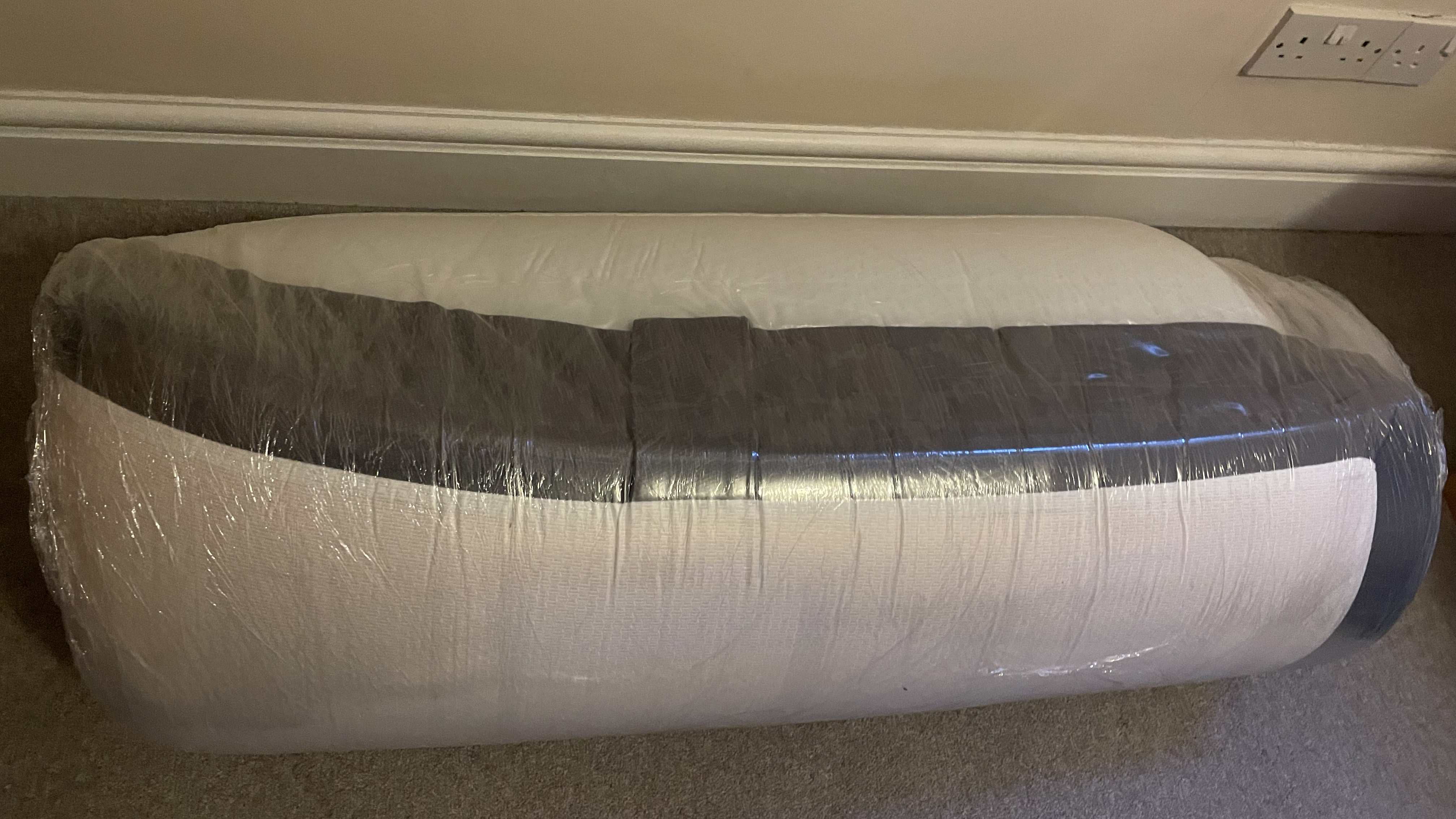
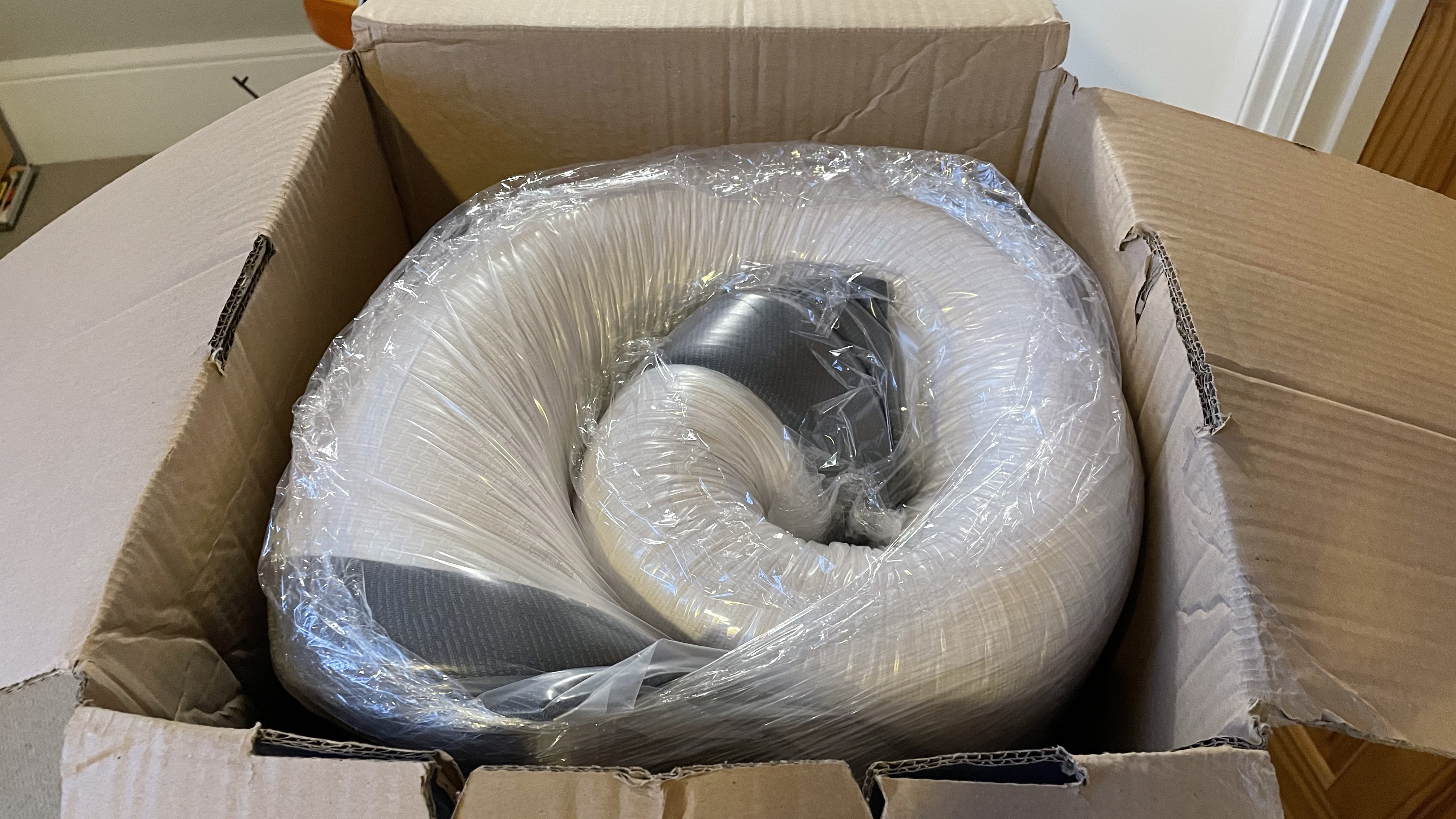
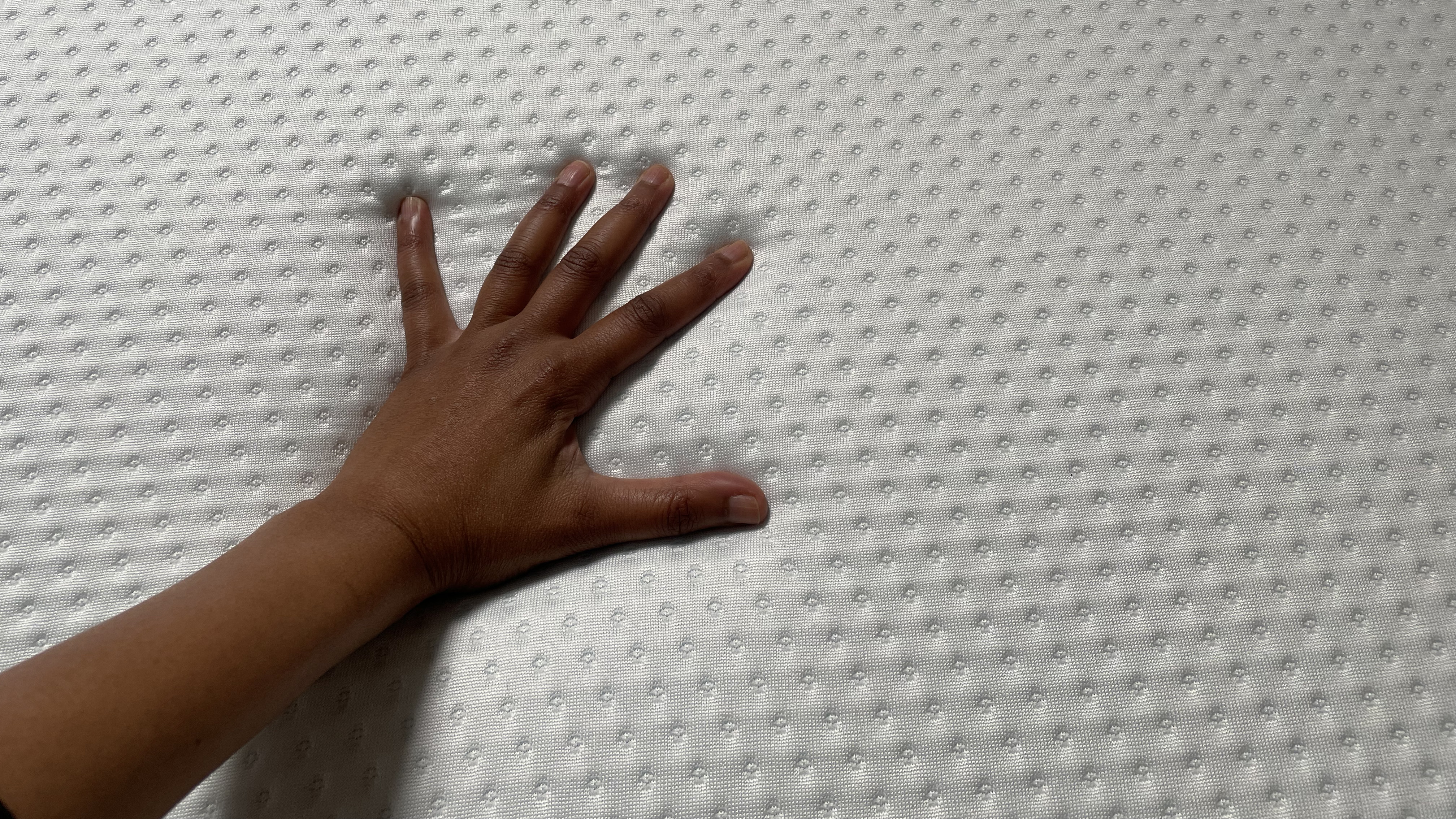
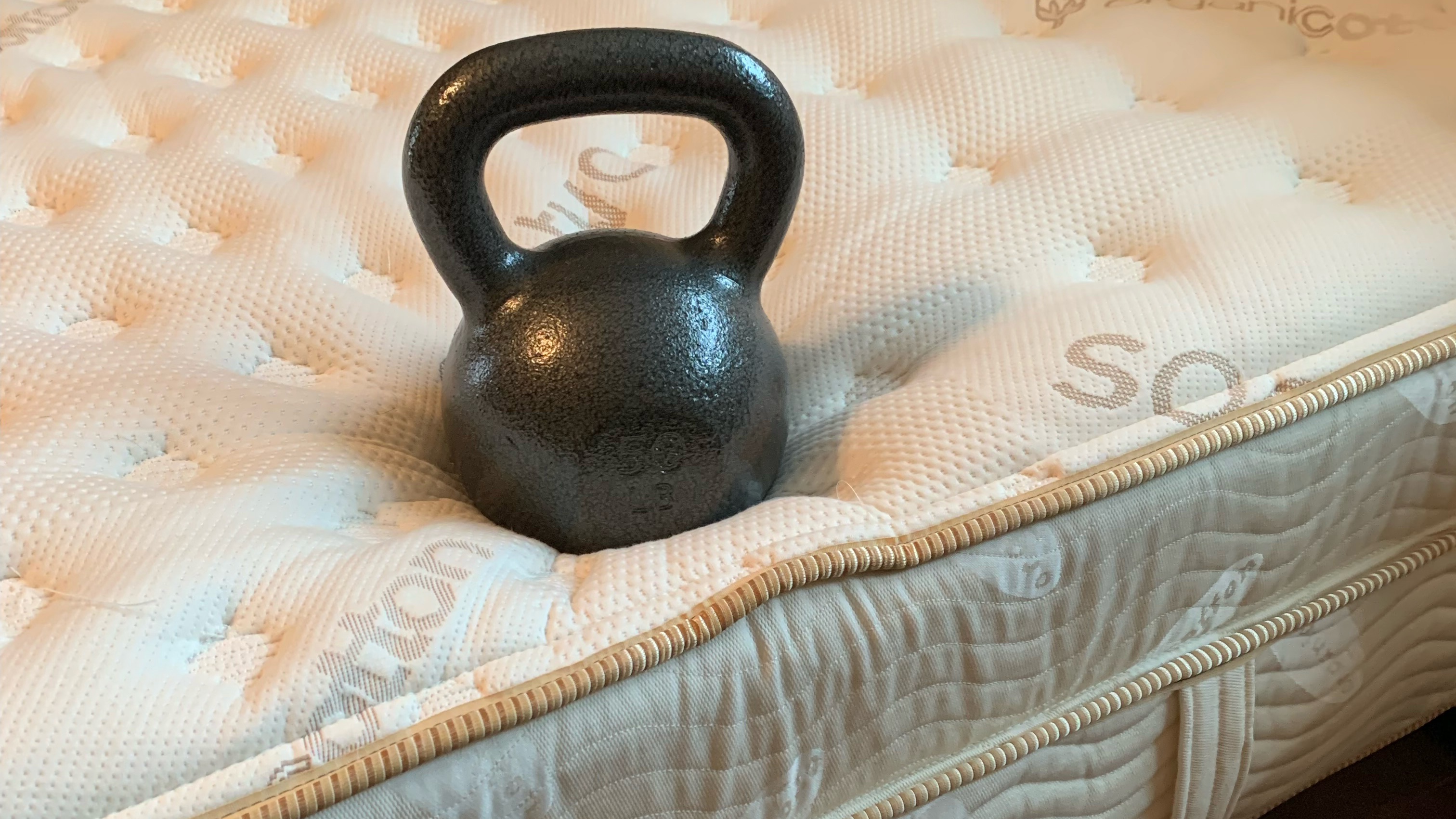
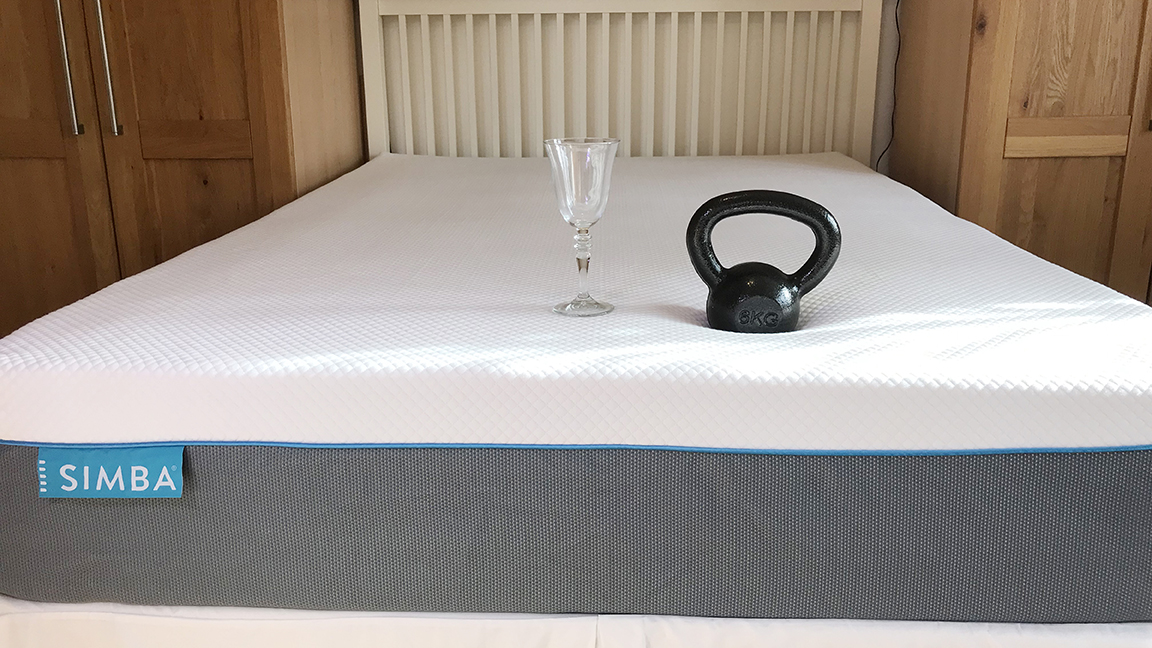
When a mattress manufacturer disagrees with us
We can’t all agree on everything, and it’s the same with review scores. Not every website awards the same score to a mattress, and this comes down to varying testing criteria, the person or team reviewing the mattress, and other factors.
TechRadar mattress reviews are extensive and we clearly set out within each review how we have generated the overall score, as well as sub-scores for key factors such as pressure relief, motion transfer and temperature regulation. If a manufacturer disagrees with a score that we have created based on our test data and review experiences, we do not change it simply because they wish it were a higher rating.
We triple-check all facts we include about the mattress too, and on the off-chance that we do report on an aspect of the mattress’ specification or design incorrectly, we’ll change this in the copy.

Claire is a Sleep Editor and Certified Sleep Science Coach who covers all things related to slumber, and is the go-to person for getting great product recommendations for better sleep. As an expert mattress reviewer, Claire has tested memory foam and hybrid mattresses from a range of top-rated brands, and has extensive experience of testing bedding too. Claire regularly speaks to certified sleep specialists, such as chartered psychologists and doctors of sleep medicine, to stay on top of the research and techniques that can help you enjoy better quality sleep, and she speaks with industry specialists about the latest mattress trends and new releases. Before delving into the world of sleep, Claire was Health & Wellness Editor at Top Ten Reviews, and before that a Senior Content Editor at T3. Having suffered with insomnia for years, Claire knows how much of a difference a good night's sleep can make and is passionate about helping others to sleep better too.